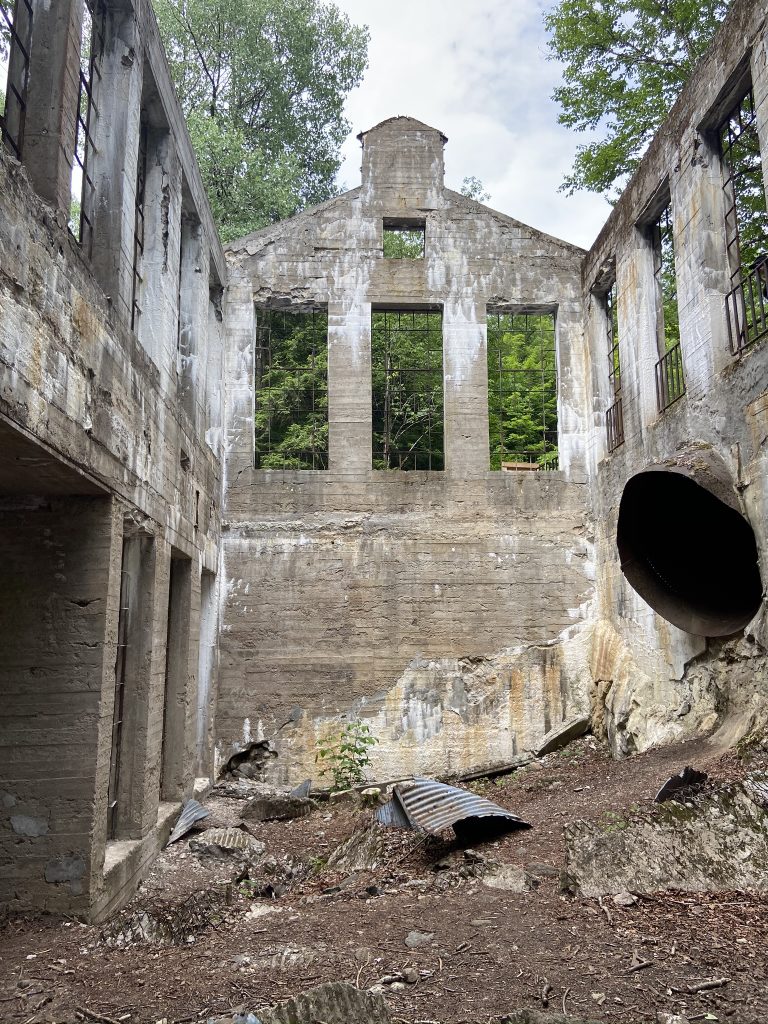
Ever wonder just how much concrete there is in our nation’s capital? A Mitacs accelerate grant has been awarded to MTBA’s Catherine McBain and Carleton University Professor Mariana Esponda, in conjunction with the Technical Committee of the Association for Preservation, to study all things concrete.
Research will involve 20th Century concrete buildings in the region, and how they have reacted to the Canadian Climate. Focusing on concrete’s historical use as a popular building material in a fast-growing capital, the research aims to study the interaction between sustainability and the future of concrete.
Sustainability and existing buildings have become a hot topic in relation to Canada’s 2030 climate goals, specifically, embodied carbon. Opportunities for the rehabilitation and reuse of concrete buildings present an exciting solution in meeting these goals, simply by using what we already have.
The research will include a collection of case studies that demonstrate innovative uses of concrete as both a structural material and as architectural cladding. A notable example of Canadian Modern architecture is the iconic Lester B Pearson Building, home to Global Affairs Canada Headquarters. As a Classified Federal Heritage Building, currently undergoing its first major rehabilitation, this project is putting Canada’s Sustainability efforts on the map. With its extensive precast concrete aggregate panels, and a concrete structure, the building’s repair vs replace while upgrading strategy, is telling of Canada’s emerging approach in making the rehabilitation of existing buildings a construction standard.
But the use of concrete wasn’t limited to modern marvels like the Lester B. Pearson Building. Other buildings have been included in the research, such as the ‘Carbide’ Willson Mill ruins. Nested within the hiking trails of the NCC’s Gatineau park, the mill has been subject to high moisture and snowy winters without any prior interventions. As a relic of the past, the 1911 mill is one of the first uses of concrete in the region. Its state of ruin is an illustration of the past and future for concrete, and what can be expected in terms of its pathological condition. The research is expected to continue into 2021, providing both academia and architectural practice with local examples concrete architecture and its potential future. After all, what’s more sustainable than using what we already have?
